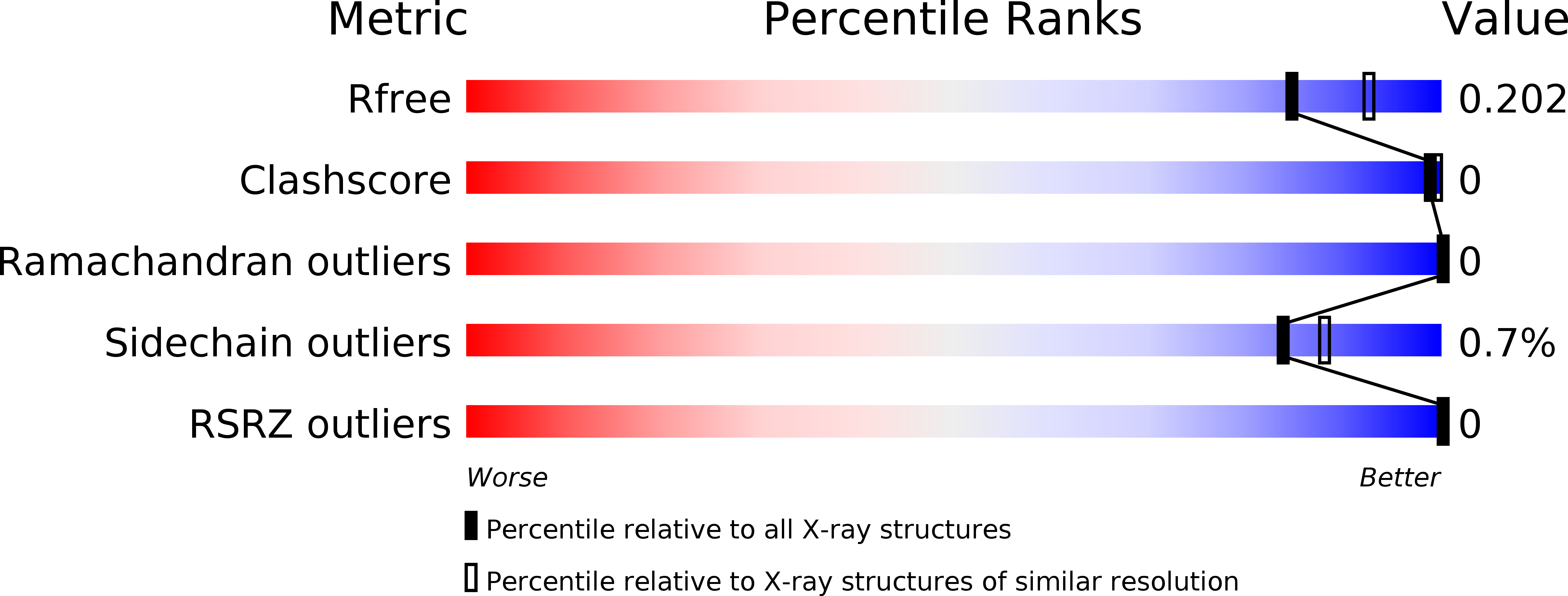
Deposition Date
2014-02-27
Release Date
2015-01-28
Last Version Date
2023-12-20
Entry Detail
PDB ID:
4CRJ
Keywords:
Title:
Staphylococcus aureus 7,8-Dihydro-6-hydroxymethylpterin- pyrophosphokinase in complex with AMPCPP and an inhibitor
Biological Source:
Source Organism:
STAPHYLOCOCCUS AUREUS (Taxon ID: 1280)
Host Organism:
Method Details:
Experimental Method:
Resolution:
2.00 Å
R-Value Free:
0.19
R-Value Work:
0.16
R-Value Observed:
0.16
Space Group:
P 61


